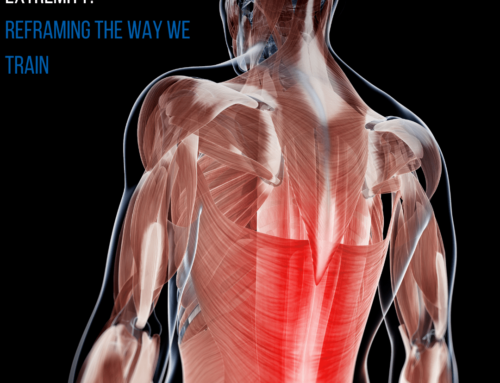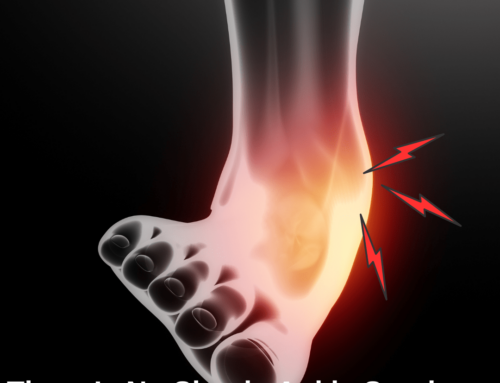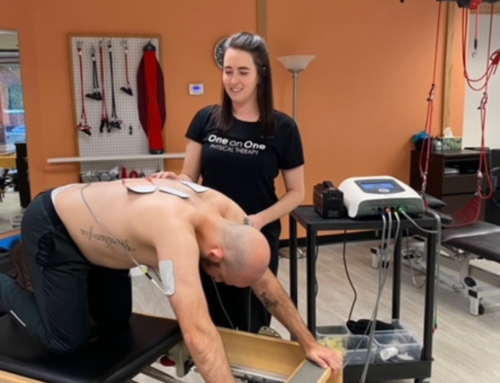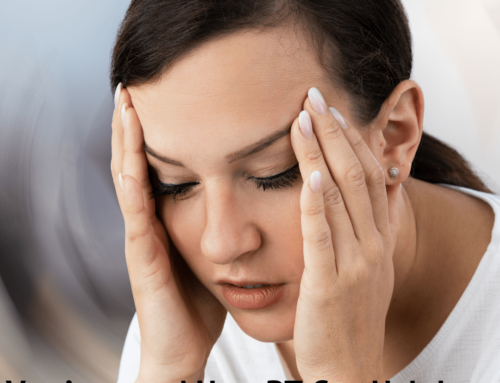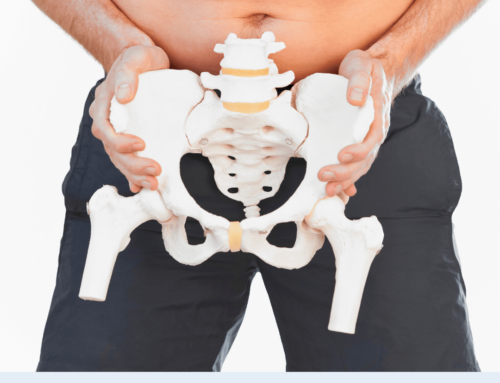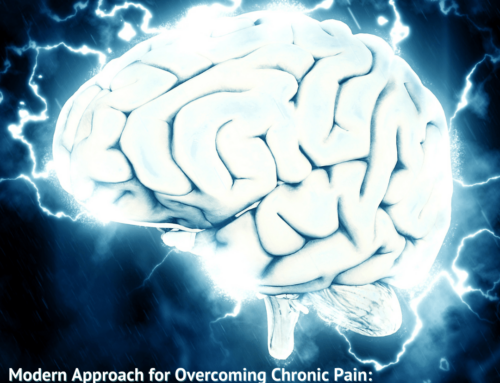Endometriosis

If you’ve ever gone through a menstrual cycle, then chances are you have experienced pain during that cycle at some point in your life. But how many of you have experienced debilitating pain during menstruation that has kept you from getting out of bed for days? Debilitating pain that has caused you to miss school, work, and events with your family or friends? While periods can be painful, particularly during heavier flows, it is not common to have excruciating pain or pain that lasts beyond the length of your menstrual cycle. It’s time to familiarize ourselves with the symptoms of endometriosis and just how common it is- because early detection and advocacy can make all the difference!
Endometriosis affects approximately 10% of women in the world. Endometriosis occurs when endometrial tissue or the tissue that lines the uterus begins to implant on other organs- including your reproductive organs, intestines, bladder, and in rarer instances onto areas outside the abdominal and pelvic cavities.
Endometrial implants can grow as estrogen fluctuates during a menstrual cycle. When the body’s immune system is unable to clear the endometrial tissue it can lead to inflammation and bands of scar tissue referred to as endometrial adhesions. This in turn can lead to symptoms including chronic pelvic pain, dysmenorrhea or painful periods, bladder or bowel dysfunction, dyspareunia or painful intercourse, and infertility.
In this interview with Dr. Ceana Nezhat, MD, a world-renowned gynecological surgeon and medical director at Nezhat Medical Center in Atlanta, we discuss diagnosis and treatment of endometriosis.
Do you feel progress is being made towards reducing diagnostic delay in endometriosis?
Dr. Nezhat: “There is progress and more awareness but there is still a long way to go.”
Laparoscopy is still the gold standard and the only way to confirm that a patient has endometriosis- this makes it difficult as healthcare providers do not have a non-invasive way to diagnose. Coupled with the fact that a large number of people (both providers and patients) have a lack of awareness surrounding endometriosis, diagnostic delay continues to be prevalent.
On average, it can take 6-10 years from onset of symptoms to receiving a diagnosis of endometriosis. Dr. Nezhat and the Nezhat Family Foundation along with Worldwide Endomarch have created the Nezhat Endometriosis Risk Advisor. An app designed to assess one’s risk, with the hopes that it can raise awareness and increase early detection and treatment for endometriosis.
What do you think is lacking in endometriosis treatment currently and what needs to be implemented to improve the level of care patients with endometriosis receive?
The number one thing that is lacking in endometriosis treatment is properly trained, surgeons. Patients are often undergoing incomplete treatment or improper treatment which can worsen their symptoms. Secondly, the lack of training and education gynecologists receive regarding endometriosis and the lack of patient referral by gynecologists to endometriosis specialists who can thoroughly evaluate and determine the best treatment for these patients.
Have you personally seen better outcomes in pain or quality of life in patients who receive physical therapy for endometriosis? Do you feel that endometriosis care has shifted to a multidisciplinary approach and has physical therapy been integrated into that collaborative approach?
Per Dr. Nezhat, there absolutely has been better outcomes in quality of life for patients who receive physical therapy as well as patients who undergo behavioral therapy, see a nutritionist or are a part of endometriosis support groups. It’s important to address all aspects, including the physical, social, and behavioral components involved in women’s health.
What is the number one piece of advice you would give to your patients with endometriosis?
Dr. Nezhat: “Patient advocacy is the most important part. Do your own search and be your own voice and self-advocate. You may like someone but that doesn’t mean they’re necessarily the best provider. A second opinion can be helpful in choosing the right path in dealing with endometriosis and finding the best approach.”
Physical Therapy for Endometriosis:
Treatment differs as symptoms can vary from patient to patient. It’s important to understand all the symptoms so physical therapists can effectively treat each one. While one can undergo successful excision of endometrial lesions, it does not automatically mean their pain will disappear. Pain from endometrial lesions can cause surrounding muscles in the spine, abdomen, hips, and pelvic floor to guard and result in shortened and hypertonic muscles. Chronic shortening of these muscles can lead to more pain as well as referred pain elsewhere in the body. This can then impact one’s posture, breathing mechanics, contribute to bowel and bladder dysfunction, as well as painful intercourse.
While physical therapy cannot cure endometriosis, it can be a great way to address and ease symptoms. A pelvic health physical therapist can thoroughly evaluate you and create a specific treatment plan to address your symptoms. Treatment can include breathing techniques, pain education, downtraining of painful and shortened muscles, and subsequent re-education of those muscles to improve coordination and strength and ultimately get you back to living life!
Resources:
Abramiuk, M., Grywalska, E., Małkowska, P., Sierawska, O., Hrynkiewicz, R., & Niedźwiedzka-Rystwej, P. (2022). The Role of the Immune System in the Development of Endometriosis. Cells, 11(13), 2028. https://doi.org/10.3390/cells11132028
Martin, Dan. “Endometriosis: Defining It, Recognizing It, and Treating It.” Endometriosis : Causes – Symptoms – Diagnosis – and Treatment, 6 Oct. 2022, www.endofound.org/endometriosis.
Narayan, A., & Nezhat, C. (2023, April 20). Endometriosis. personal.
What Is Endometriosis. Worldwide EndoMarch. (n.d.). https://endomarch.org/about-endometriosis/
